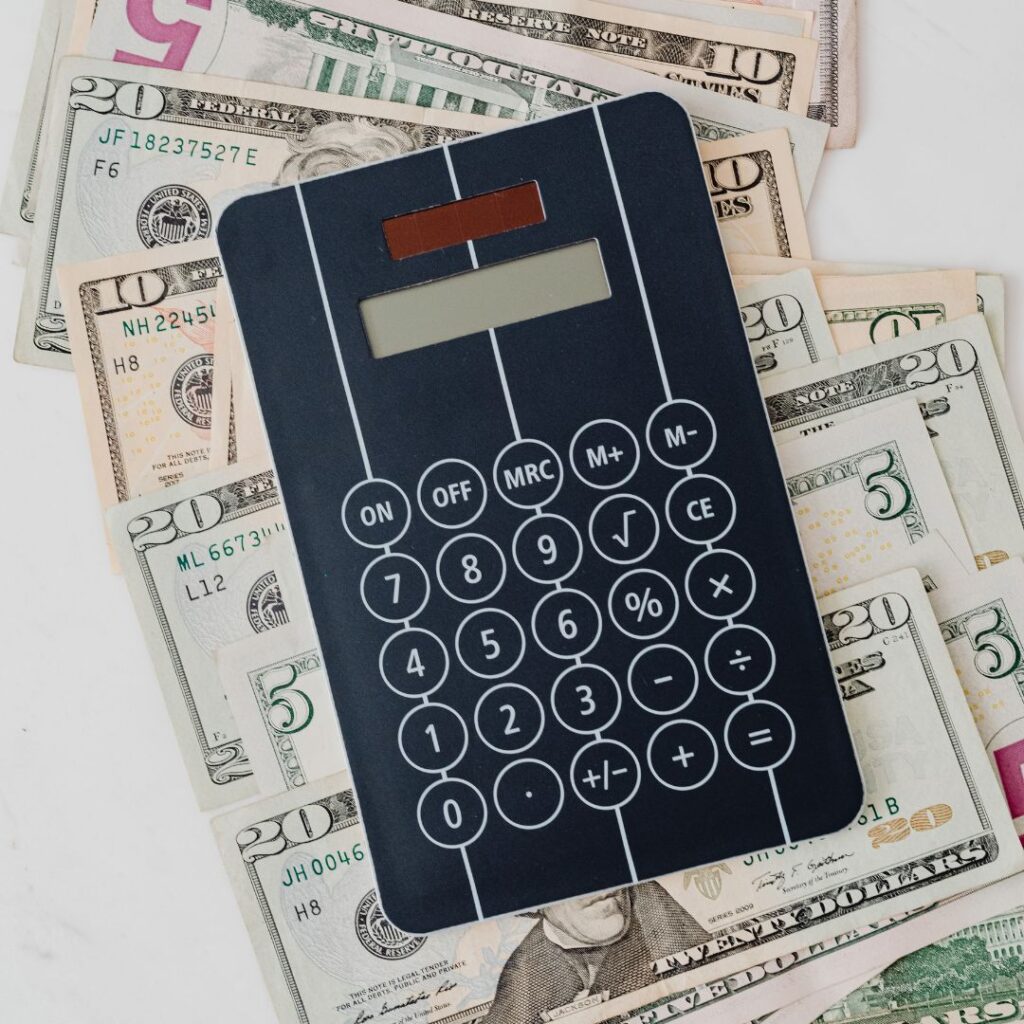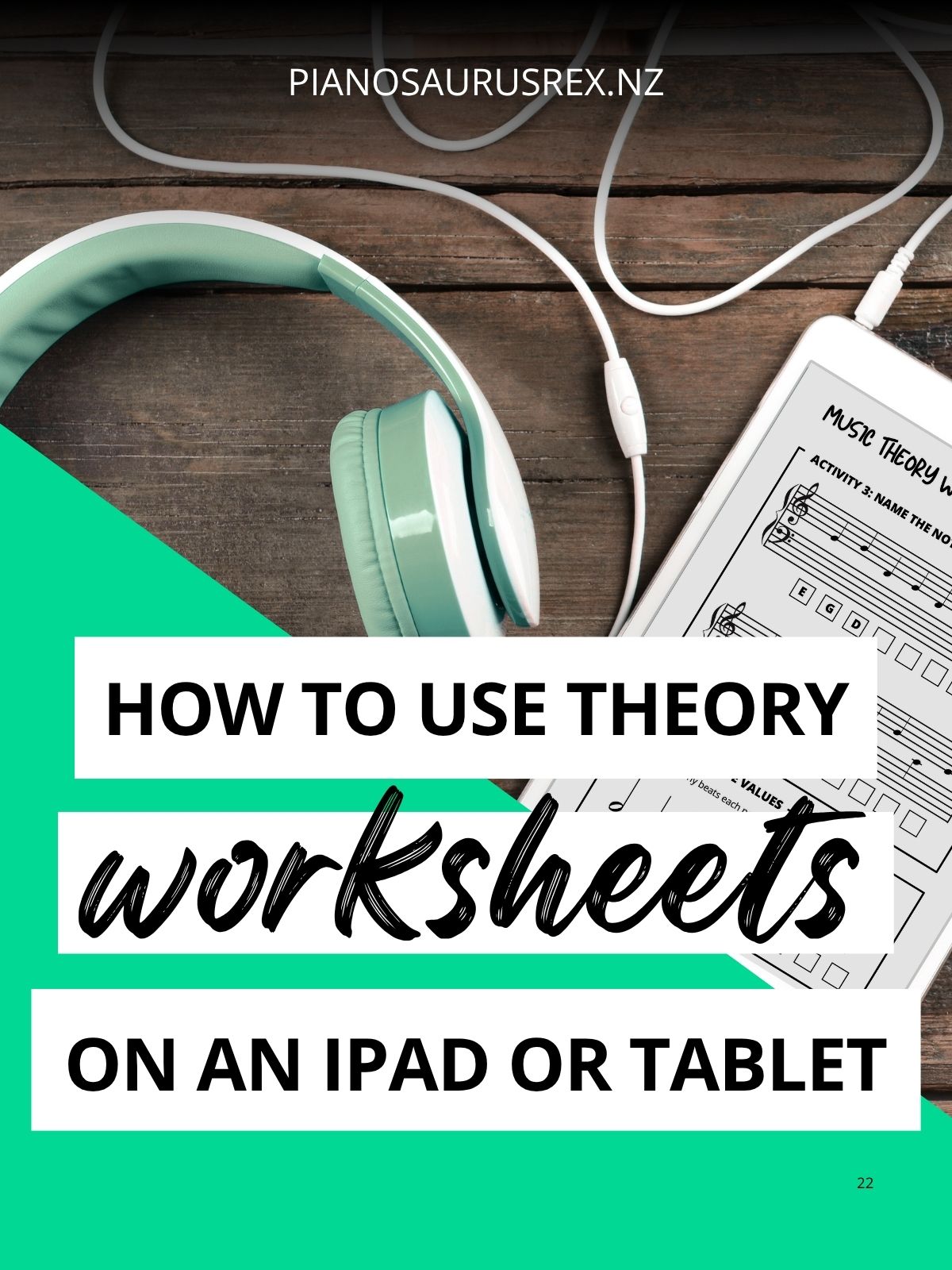6 Strategies for Mastering Music Studio Finances
Unfortunately for all the creative music teachers out there, dealing with finances is an important aspect of running a successful music studio. But never fear! Just follow these simple steps and you’ll be able to master your music studio finances in no time.
Disclaimer: I’m very much not an expert, so if you have any questions about managing your finances then make sure to speak to a financial advisor or accountant for advice
Bank Accounts
If you’re treating your music studio like the business it is, you absolutely need to keep your finances separate. You’ll need at least one studio bank account for income and purchases, and it’s a good idea to have another in which to keep savings for upcoming tax payments. Extra savings accounts can be worthwhile too, especially if you have any big purchases you intend to make.
Action Step: open two bank accounts: one exclusively for music studio income and expenses, and one for tax
Bookkeeping
Now that you have a separate bank account it’s a lot easier to track your studio income and expenses. There are many options available, so find a system that works for you! Using dedicated financial software is usually best as it’s been designed especially for bookkeeping.
Once you have your system set up, the most important part is to update it regularly! Once a month is ideal, but you might be able to get away with doing it less frequently. It is not a good idea to leave updating your accounts to the end of the financial year (ask me how I know…)
Action Step: set up a bookkeeping system and update your accounts regularly
Here are some options for financial management software that are worth checking out:
Xero
Free trial, then a monthly fee. Very popular!
Zoho Books
Free option (based on income), or a monthly fee for more features.
Wave
Free option, or a monthly fee for more features (only available in US & Canada).
Invoicing
Sending invoices each billing period looks professional, provides students with the information they need to pay you, and is actually very easy! Most financial and studio management software has the option to create and send invoices, but if the system you’re using doesn’t you have two options:
- Switch to one that does
- Create an invoice template (if you Google “invoice template” you’ll find a lot of options)
To make it even easier, create email templates to use when sending out invoices and receipts.
Action Step: set up invoice and receipt templates
Read More: 6 Genius Organising Tools for Music Teachers
Plan Your Studio Income
There are a few questions you’ll need to answer to work out your income flow:
Question One
How many hours are you planning to teach each week? And therefore how many students will you be able to have? Consider different lesson formats, as rotating or group lessons offer opportunities to teach more students (and make more hourly income too).
Question Two
What are your current rates? Work out if you’ll be charging different rates for different lesson types. And remember that you should be raising your rates every year (read this article at Compose Create if you need convincing).
Question Three
How many lessons will students pay for at once? A whole year? A term? A month? There is no right answer* so work out what’s best for your situation.
* There is a wrong answer though: please do not charge students on a per lesson basis. You won’t be able to plan your income if you don’t know how many students will actually pay you each week.
Action Step: work out how often you’ll be paid (month/term/year) and how much you’ll be paid (number of students x rates)
Check out these articles for more organising ideas and strategies:
7 Habits for Super Productive Music Teachers
6 Genius Organising Tools for Music Teachers
How to Streamline Lesson Planning
5 Ways to Reset Your Music Studio After the Holidays
Understanding Tax
Make sure to put aside a percentage of your income from each period for tax. As a business there’ll be expenses you can claim against your income, which can significantly lower your tax bill. If you’re unsure about which expenses you can claim, or how much income tax you’ll need to pay, then definitely speak to an accountant for advice.
In addition to putting aside money for income tax, look into whether you’ll have annual bills for sales tax, insurance, retirement savings, student loan repayments etc. This will vary depending on your country/state/personal situation, so make sure you understand your obligations.
It’s always a good idea to save more than you think you’ll need. Nobody wants an unexpected tax bill, but making sure you have the money to pay it already set aside takes away a lot of the stress!
Action Step: work out how much you’ll need to pay for tax and other legal business expenses, and put money into a dedicated account every period
Create a Budget
Creating a budget can seem intimidating, but it doesn’t need to be! There are lots of free templates you can adapt for use in your studio (click here for some options).
You’ll want to work out the following categories:
- Projected income
- Tax/insurance/retirement/student loan payments
- Regular expenses (rent, phone and internet, printing, stationary, instrument maintenance etc)
- Your salary
- Savings
- How much you’d like to spend on resources (method books and sheet music, new instruments, theory games and workbooks, incentives etc)
You’ll also need to keep track of your actual expenses. This will show how accurate your projected figures are, and highlight any changes you might need to make. It’s also a good way to identify any areas where you can save money
Action Step: make a budget to track your projected and actual income and expenses
Key Takeaways
Having financial systems in place will help your music studio run much more smoothly, and take away a lot of stress regarding money. Ways to help manage your studio finances include:
- Having a separate bank account (or accounts) used only for studio income and expenses
- Staying up to date with bookkeeping
- Creating an easy to follow invoicing system
- Planning studio income on an annual, quarterly, and/or monthly basis
- Understanding your tax and legal obligations
- Creating (and following!) a budget for your studio
If you have any questions or concerns about your music studio finances, it’s always best to talk to a professional who can offer advice based on your situation and taking into account local laws and regulations.
If you’re looking for more resources to help keep your music studio organised then check out the Music Teacher Resource Library.







